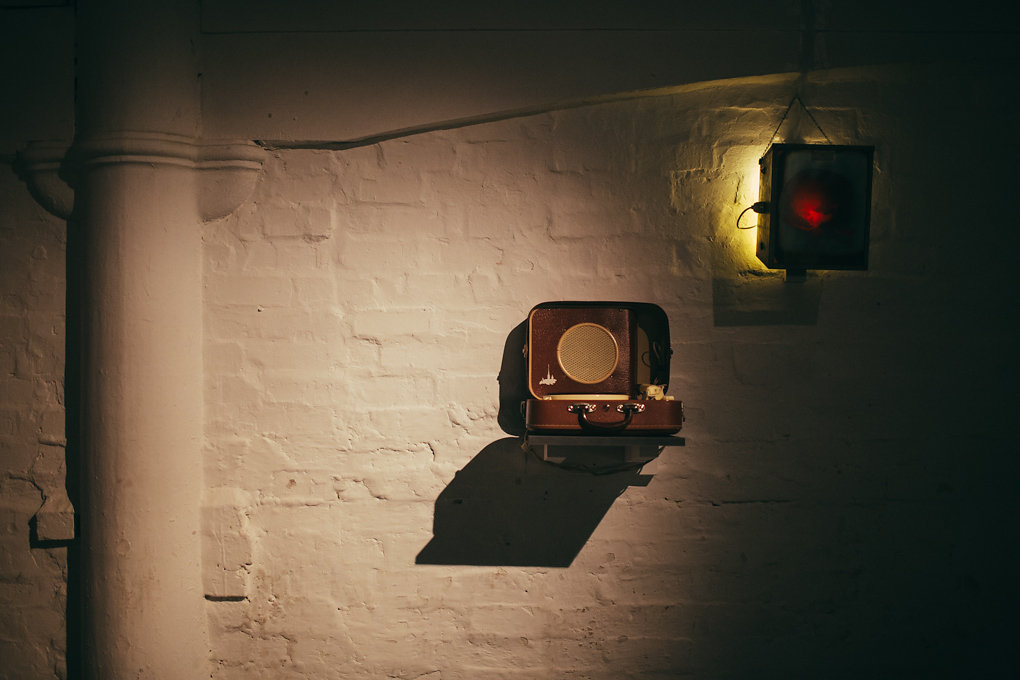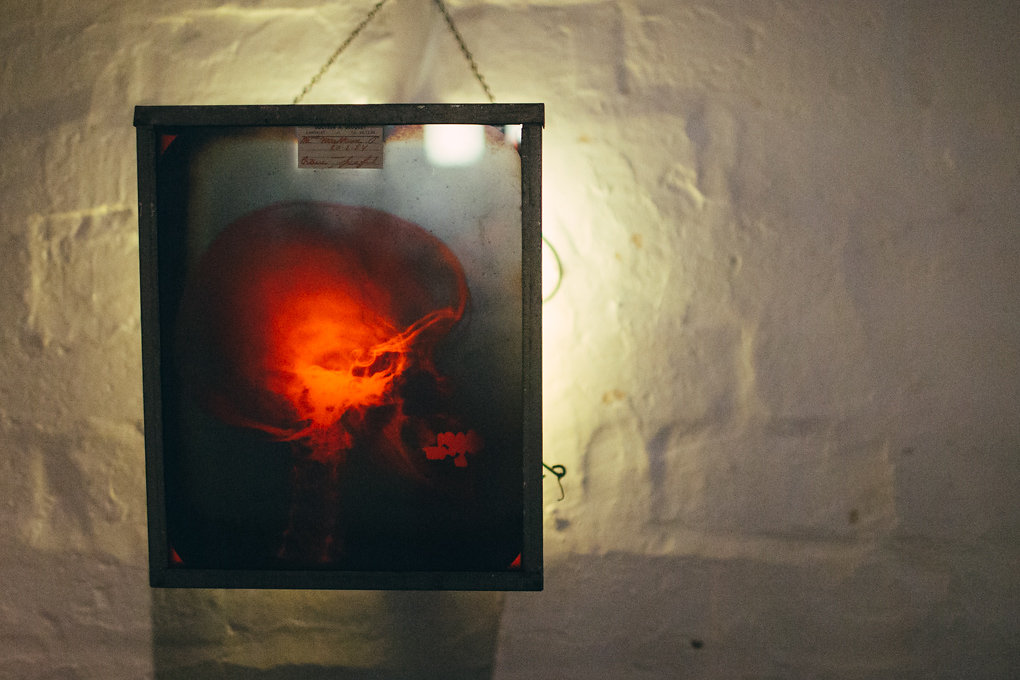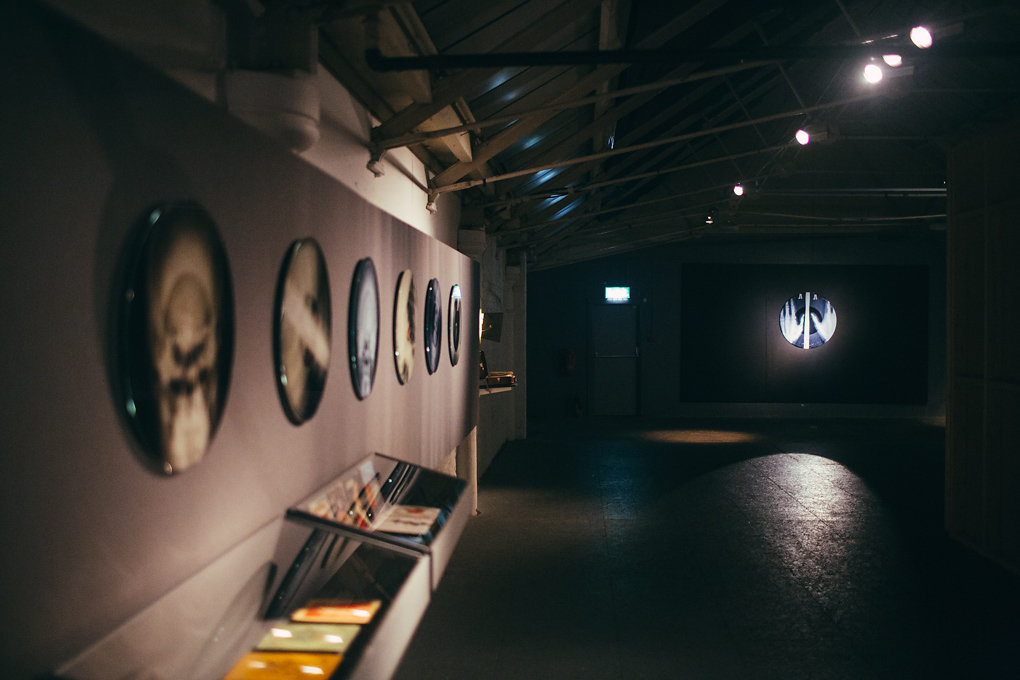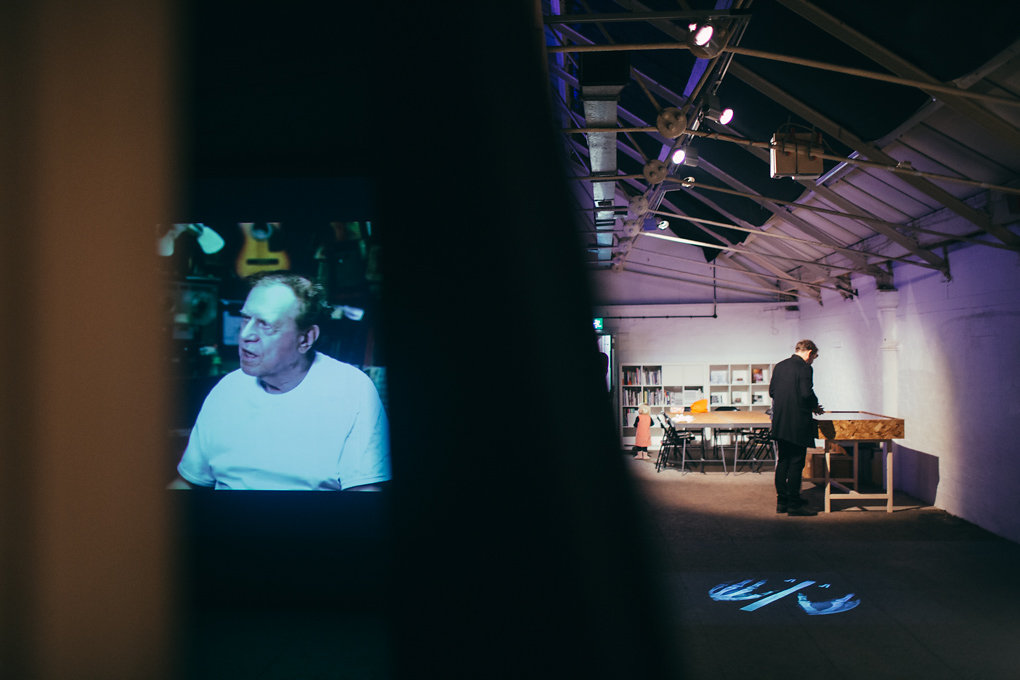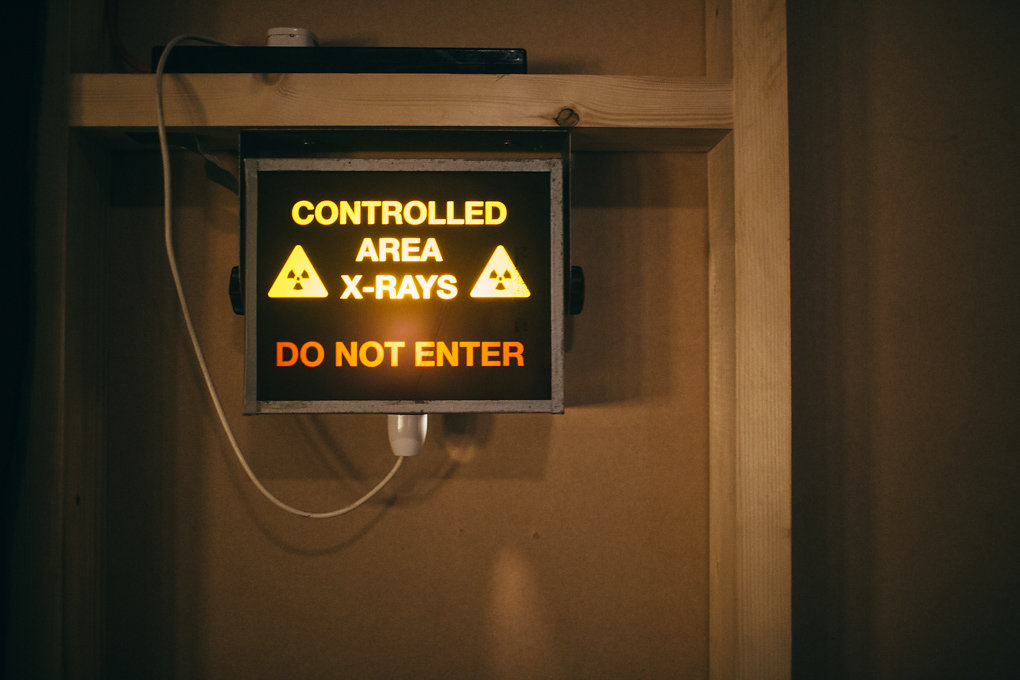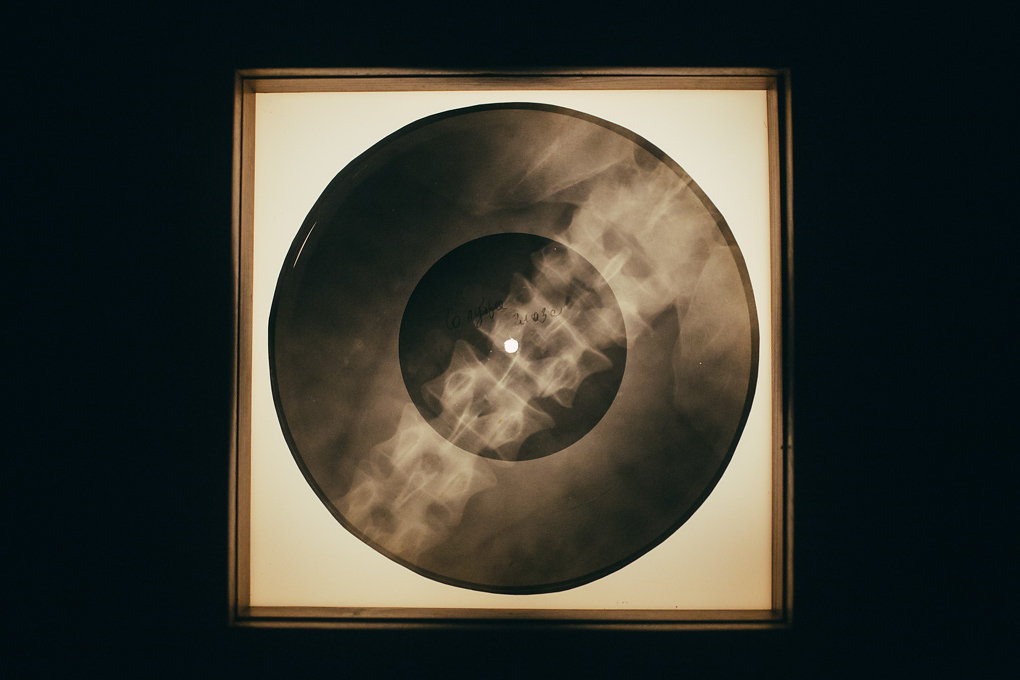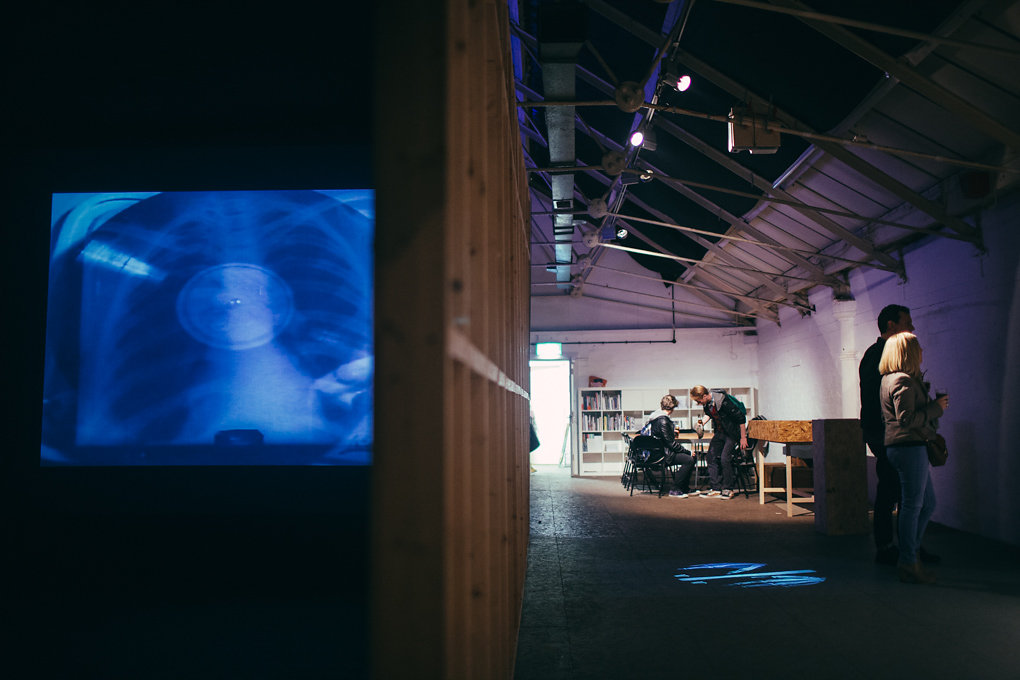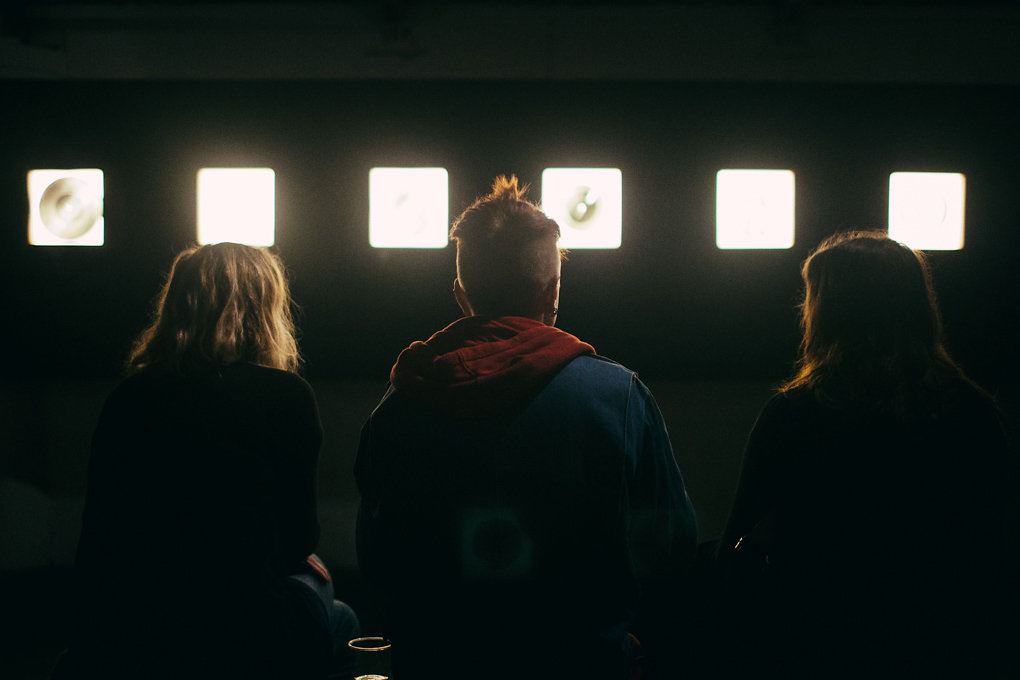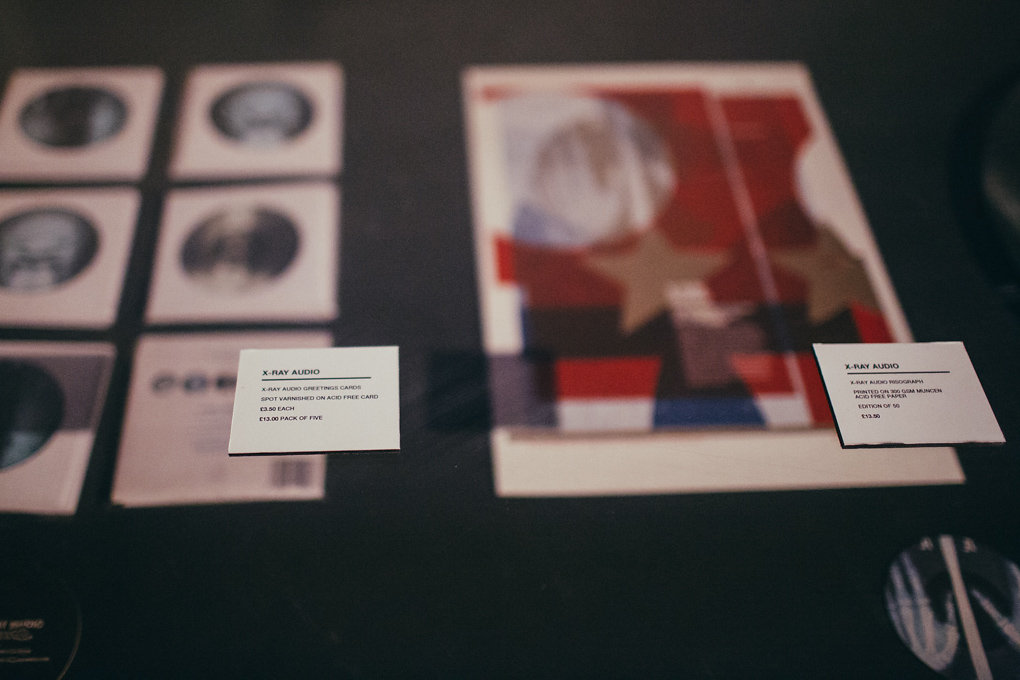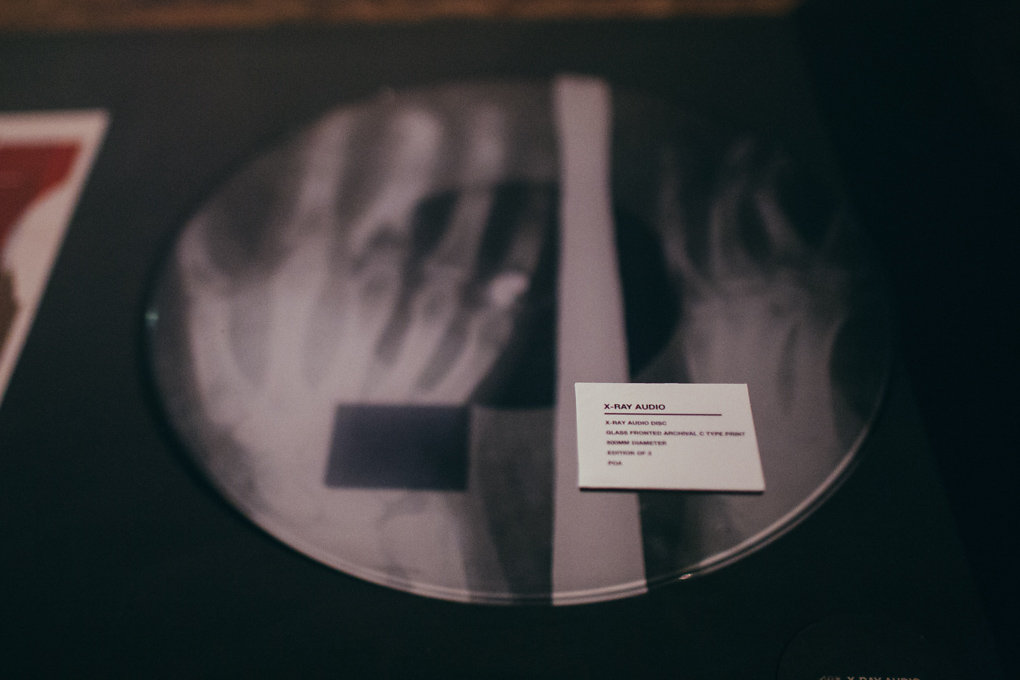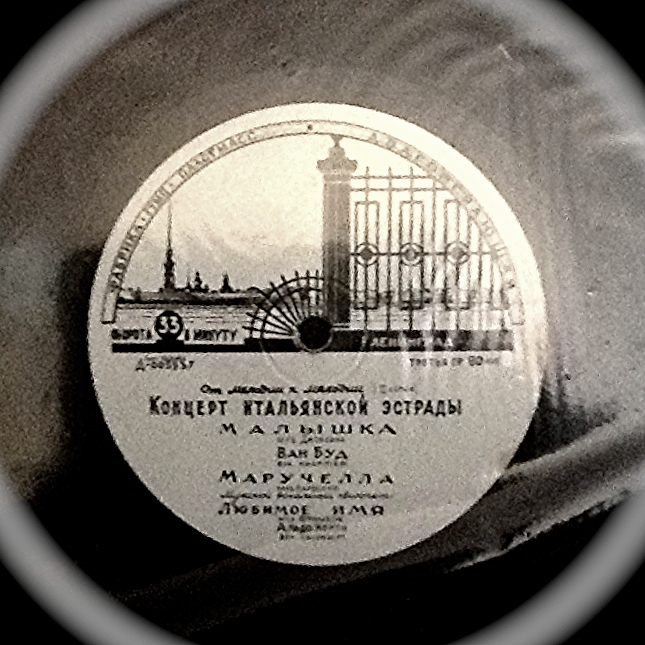Our book 'X-RAY AUDIO: THE STRANGE STORY OF SOVIET MUSIC ON THE BONE' has arrived from the printers. It looks amazing.
DJ Food kindly provided the images below - check out his blog post on the book HERE.
The book and special edition with 'bone' flexi-disc can be ordered HERE
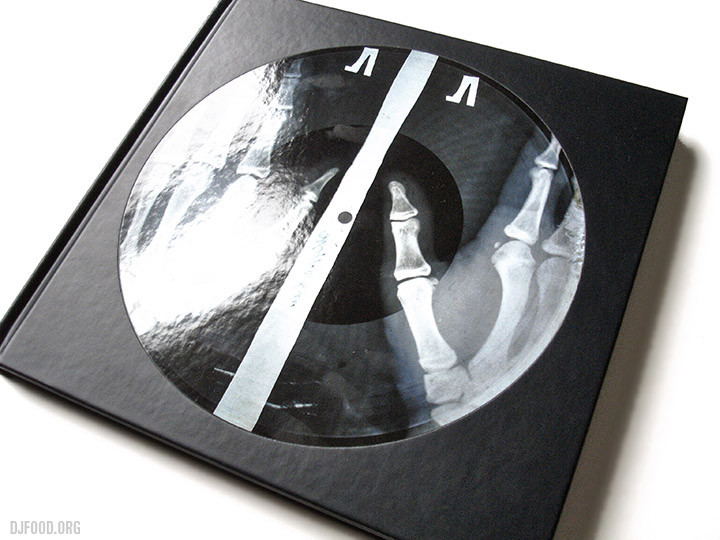
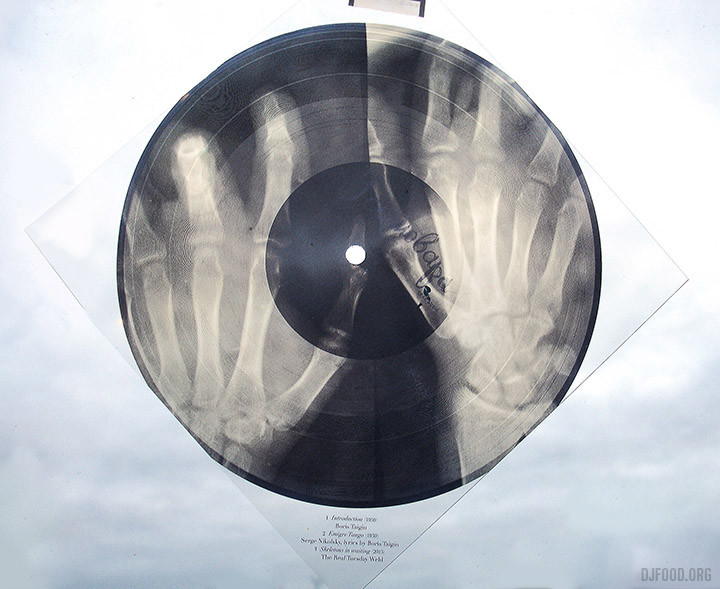
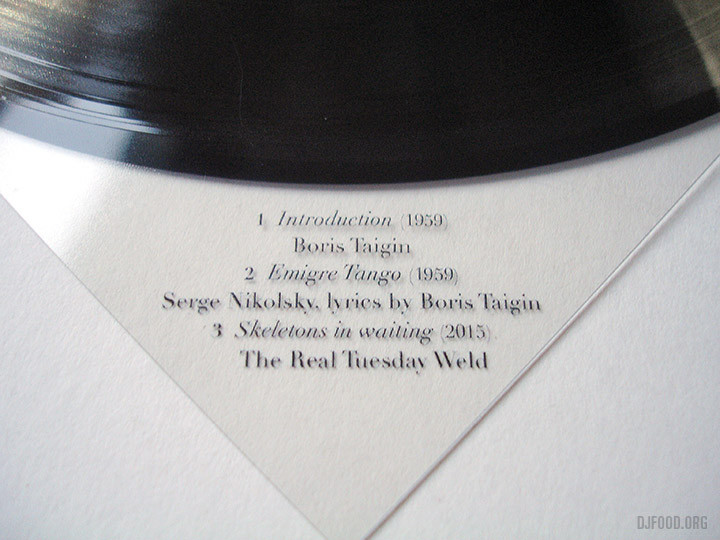
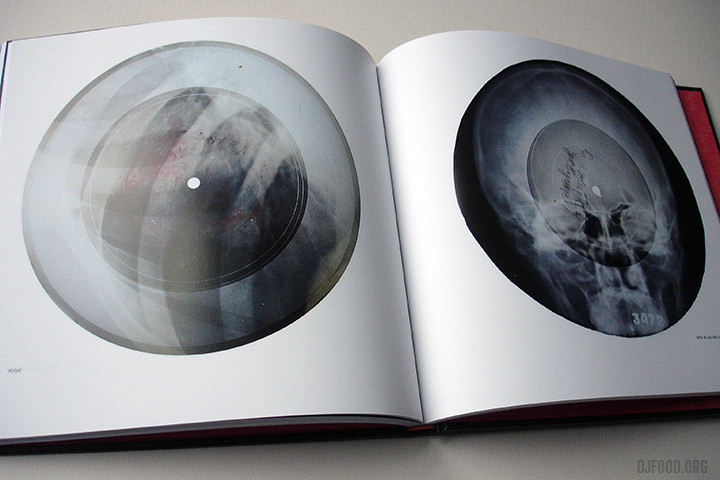
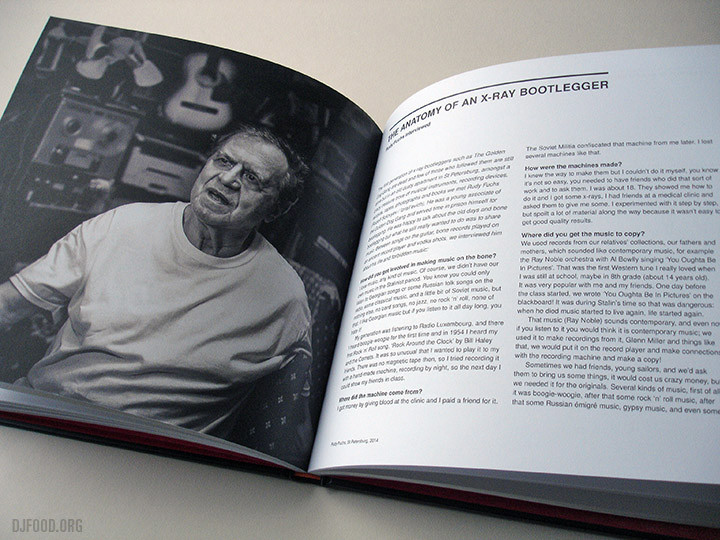
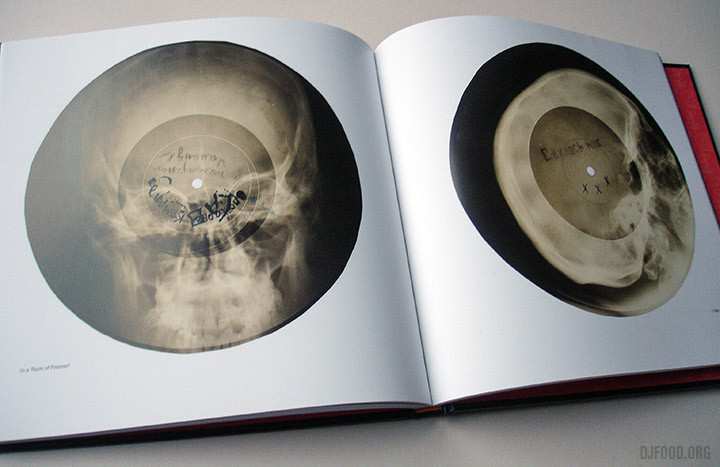


ORDER NOW to reserve one of a special Limited Edition of 500 copies with flexidisc insert containing original Soviet bootleg Bone music and a specially recorded exclusive track by The Real Tuesday Weld
In the cold war era, the Soviet recording industry and permissible musical repertoire were ruthlessly controlled by the State. But a secret and risky subculture of bootleg recordings arose. Incredibly, bootleggers built homemade recording machines and found an extraordinary way to copy banned gramophone records – they used X-Rays clandestinely obtained from hospitals
X-Ray Audio: The Strange Story of Soviet Music on the Bone tells the secret history of these ghostly records and of the people who made, bought and sold them. Lavishly illustrated with images of discs collected in Russia, it is a unique story of forbidden culture, bootleg technology and human endeavour. Contributions from Russian musical commentators and interviews, including one with the last bootlegger standing, set the scene for the intersection of ideological, technological and historical events that created this brief Samizdat musical culture.
In a time when songs can be copied in an instant and when streaming services provide virtually infinite choice and access, X-Ray Audio provides a poignant reminder of the immense cultural value of music and the extraordinary lengths people to which people will go to listen to what they love.
EDITED BY
Stephen Coates
CONTRIBUTORS:
Paul Heartfield
Maksim Kravchinsky
Sukhdev Sandhu
INTERVIEWEES:
Artyemi Troistsky, Aleks Kolkowski, Rudy Fuchs, Kolya Vasin
